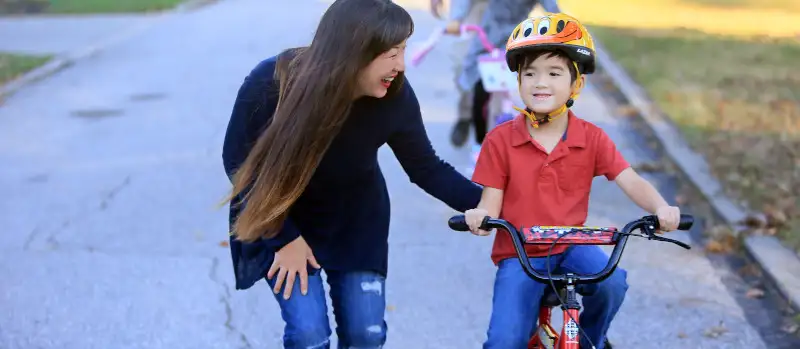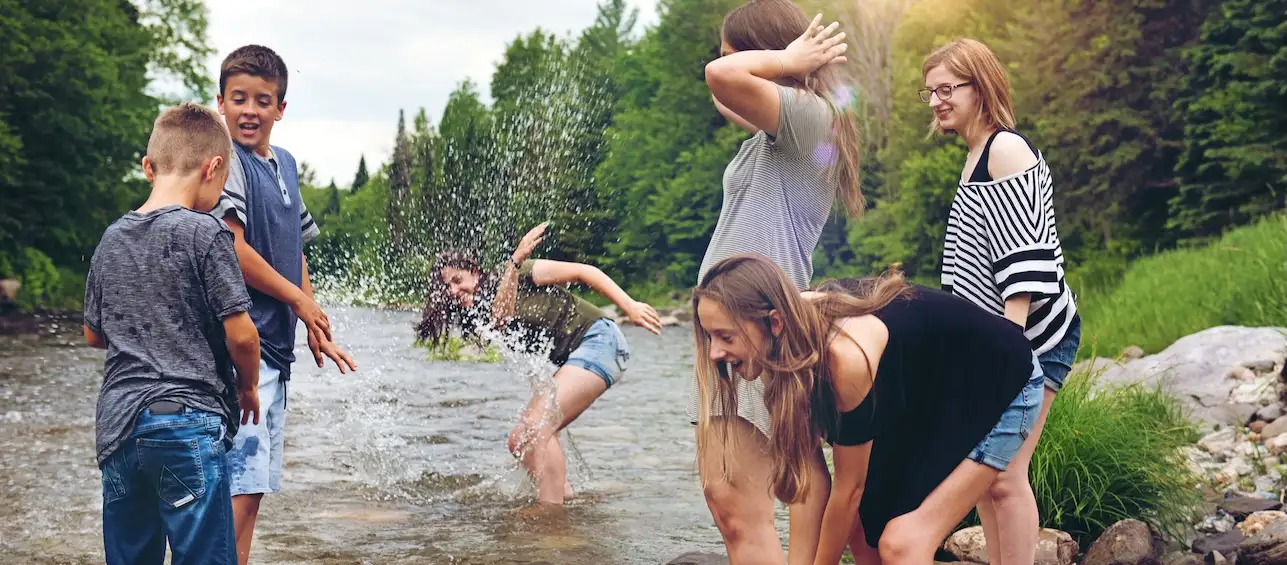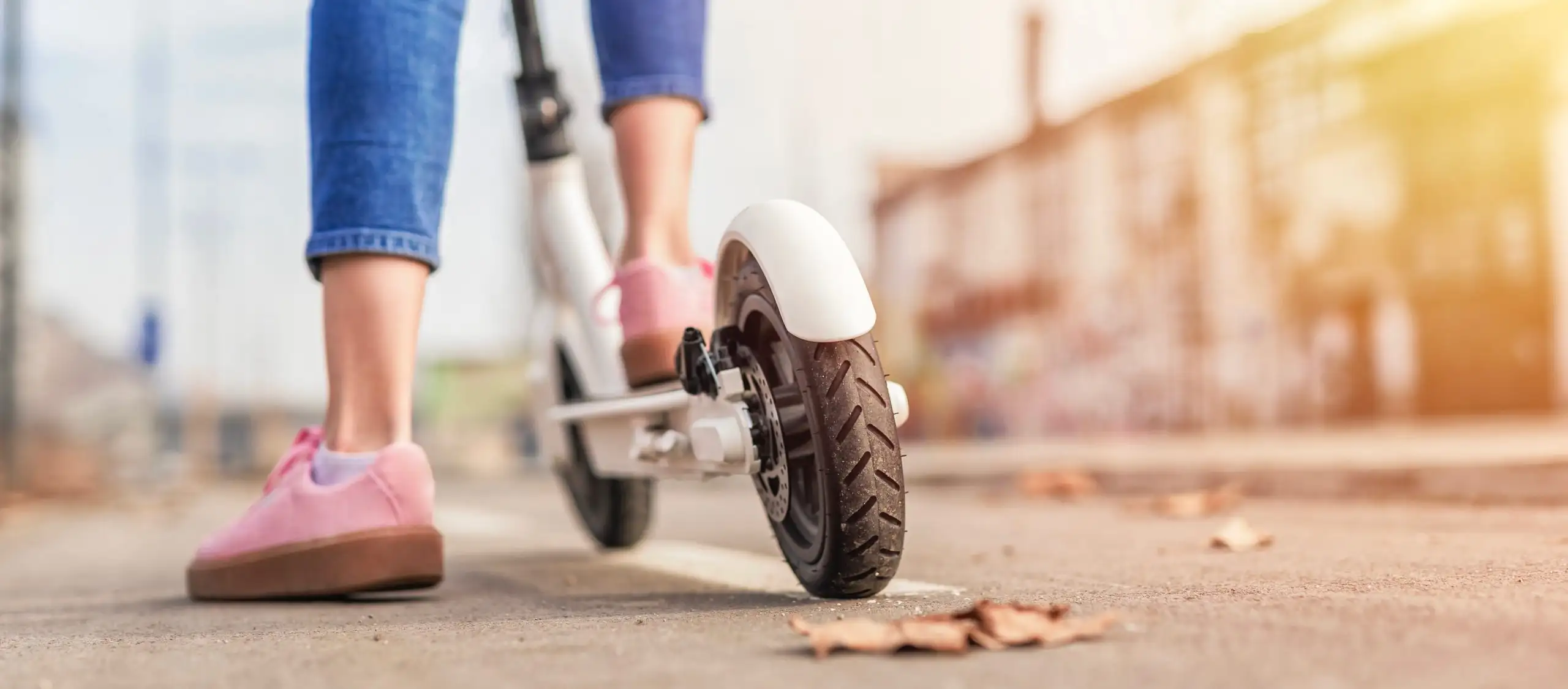Summer is a time for kids to get outside and be active. Here’s how to encourage your kids being active while also keeping them safe:
Top 5 Summer Safety Tips for Families
1. Prepare for the Sun and Heat
As your kids head outside, prepare for the sun and heat by:
- Protecting young skin: Receiving just one blistering sunburn before the age of 18 more than doubles kids’ chances of developing melanoma in adulthood. Protect their skin by applying a UVA/UVB sunscreen at least 20 minutes before going outside and use SPF 30 or higher. Reapply every two hours, more often if swimming or sweating.
- Staying hydrated: When temperatures get hot, and especially when they are extreme, it’s important for kids to stay hydrated. A heat index of 90 degrees or above can be dangerous for young children. Have them drink water regularly, take breaks from the heat, and wear lightweight clothing.
- Preventing vehicle-related heat stroke: A kid’s body can overheat 3-5 times more quickly than an adult’s. Avoid heatstroke-related injury or death by never leaving your child alone in a car, not even for a minute. Additionally, make sure to keep your car locked when you’re not in it so that kids can’t get in on their own.
2. Teach Pedestrian Safety
According to Safe Kids, unintentional pedestrian injuries are the fifth-leading cause of injury-related death in the United States for kids ages 5 to 19. While this rate is not specific to summer, kids are more likely to be outside when the weather is nice. Teens are of greatest risk because they are often walking while looking down at their phones. Tell them to put their phones away when walking outside. Further, help children under the age of 10 to cross the street. Remind them to look left, right and then left again.
3. Prevent Injuries During Outdoor and Recreational Activities
There are so many fun recreational activities to participate in during the summer months. Help prevent related injuries by following these tips:
- Be cautious around pools and other bodies of water. Don’t leave kids by themselves in a lake or pool, no matter how small it is. Children who are still learning how to swim should use life jackets approved by the U.S. Coast Guard. Infants and toddlers should be within an arm’s length of an adult.
- Wear protective gear when on wheels. According to Safe Kids, nearly 50 kids visit emergency departments with an injury related to bikes, scooters, skates and skateboards EVERY HOUR. Make sure that your kids wear helmets, along with additional protective equipment for the corresponding activity, every time they do it. Further, the American Academy of Pediatrics (AAP) recommends against children under the age of 16 riding motorized scooters. Similarly, kids under the age of 16 should not drive or ride on all-terrain vehicles (ATVs). Of the estimated 93,800 ATV-related injuries reported by the Consumer Product Safety Commission in 2017, 26% involved children younger than 16 years of age.
- Discourage trampoline use. According to the U.S. Consumer Product Safety Commission, over 1 million emergency department visits were related to trampoline injuries between 2002 and 2011, and the bulk of the patients were younger than 17 years of age. The AAP states that the majority of the injuries happen when more than one child jumps at a time, and advises against their use.
- Beware of dogs. As more children are spending time at home and in their neighborhoods, we’re seeing more visits for dog bites. According to the AAP, one in five dog bites requires medical attention. If this happens, wash the wound immediately and call your pediatrician to determine next steps. They may recommend going directly to the ED or urgent care for bigger bites or unknown dogs.
4. Prepare for the Great Outdoors
The great outdoors can be unpredictable. Prepare by having kids wear bug spray and keeping a first aid kit handy. Use a product with 10-30% DEET to help prevent tick and mosquito bites. A first aid kit with tweezers can help remove ticks and/or bee stings. Avoid areas where bugs can congregate, like standing pools of water and tall, dense grass. Similarly, if you are visiting an area with a high population of snakes, be sure to avoid their hiding spots, such as tall grass and piles of leaves, rocks and wood.
5. Prevent Lawn Mower Injuries
According to the AAP, 9,400 kids under the age of 18 endure lawn mower-related injuries each year, and about 25 percent of those happen to kids younger than 5. The majority of them can be prevented by implementing a few safety measures, such as only allowing kids ages 12 and up to use a push mower and 16 years and older to use a riding lawn mower. Further, kids 15 years of age and younger should stay out of the yard during mowing. This preventive measure includes prohibiting children riding as a passenger on a mower as well.






